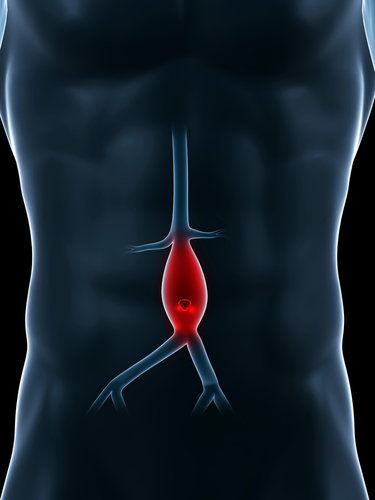How Can I Tell If I Have an Aneurysm?

"The Healthy Geezer" answers questions about health and aging in his weekly column.
Question: How can I tell if I have an aneurysm?
Answer: Aneurysms are dangerous artery bulges that can be lethal if they burst.
Fortunately, aneurysms can be detected by a physical examination, x-ray, ultrasound and modern imaging systems such as a CAT scan or an MRI.
The size and location of the aneurysm determines the treatment method. For example, aneurysms in the upper chest are usually operated on immediately. Aneurysms in the lower chest and the area below your stomach are watched at first. If they grow too large or cause symptoms, surgery may be required.
The standard treatment for aneurysm once it meets the indications for surgery is replacement of that weakened portion of the aorta with an artificial graft.
In recent years, a treatment has been developed to repair an aneurysm using less-invasive surgery. In the procedure, a stent-graft made of a polyester tube inside a metal cylinder is inserted into the bloodstream at the end of a catheter. The stent-graft is positioned to carry the blood flow instead of the aneurysm.
Get the world’s most fascinating discoveries delivered straight to your inbox.
All rights reserved © 2013 by Fred Cicetti


